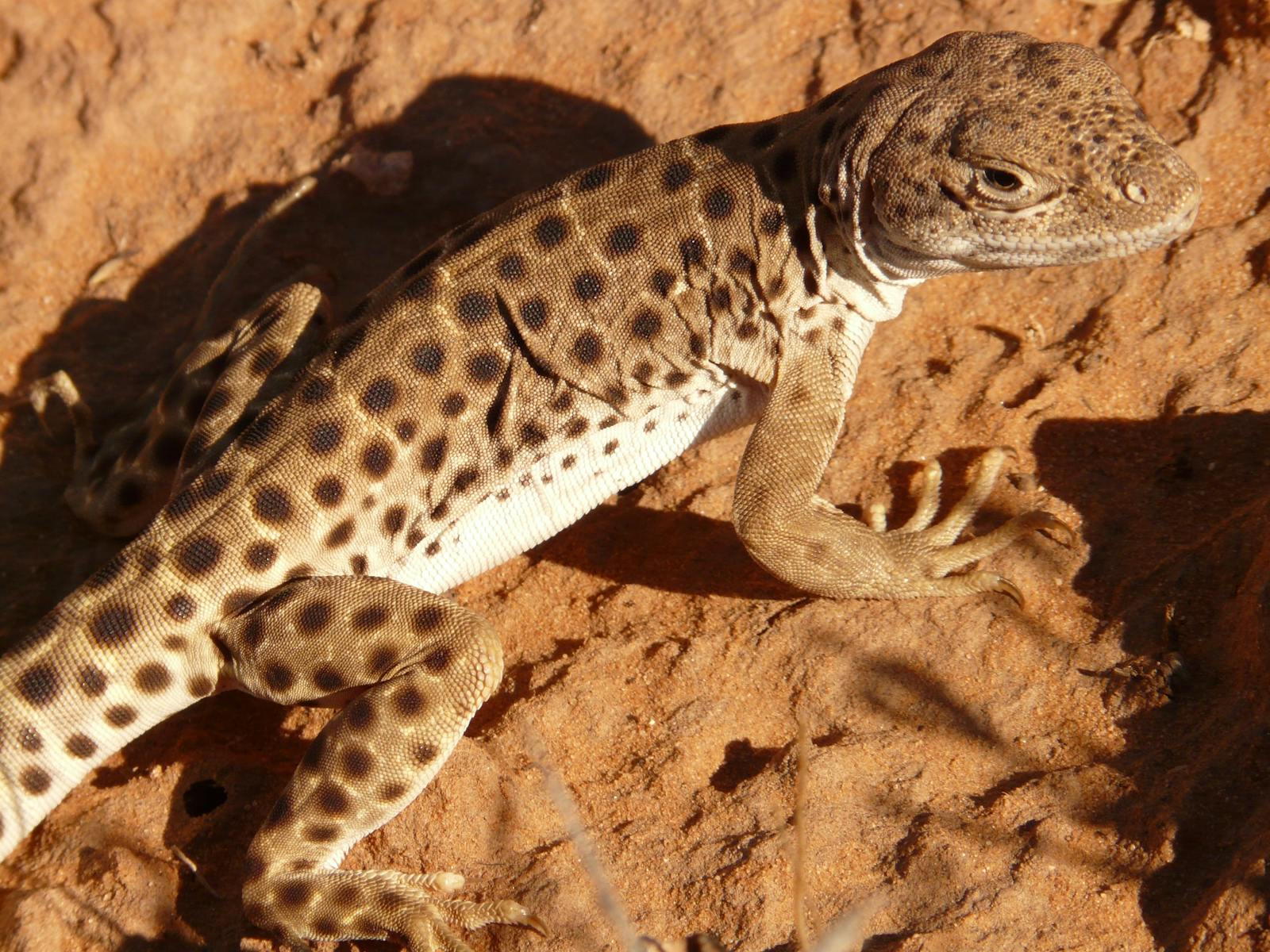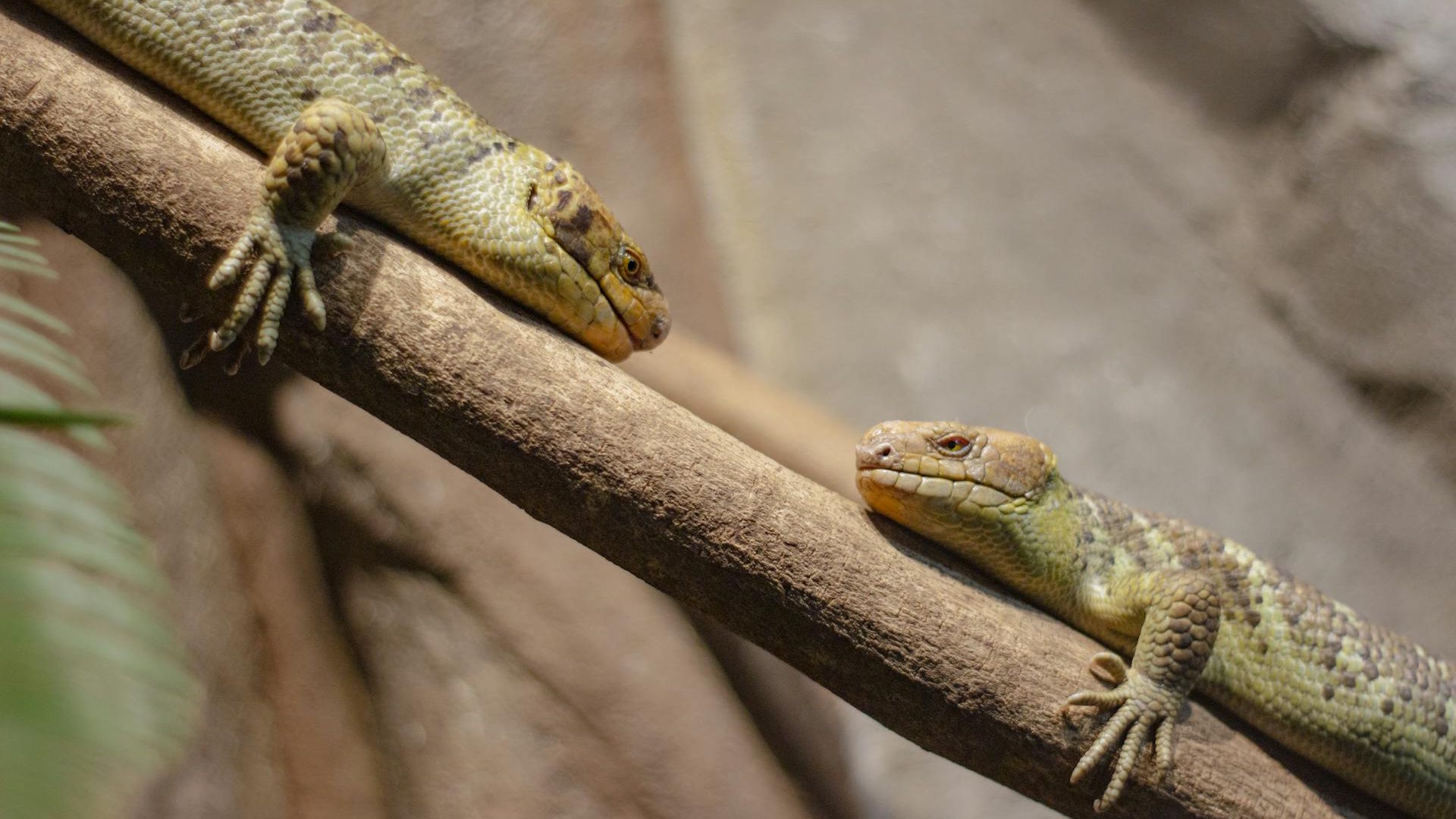Lizards, like all reptiles, periodically shed their skin in a process called ecdysis. While shedding is a natural and necessary biological function, it can become problematic when complications arise.
Many new and even experienced lizard owners face challenges with their pets’ shedding cycles, which can lead to health issues if not properly managed.
Proper shedding is crucial for a lizard’s overall health and well-being, as retained skin can cause constriction, infection, and even loss of digits or limbs in severe cases.
Understanding and addressing potential shedding issues before they become serious can save your scaly companion from discomfort and medical complications.
This comprehensive guide explores the most effective methods to prevent shedding problems in pet lizards, ensuring your reptilian friend maintains healthy skin throughout its life.
Understanding the Natural Shedding Process
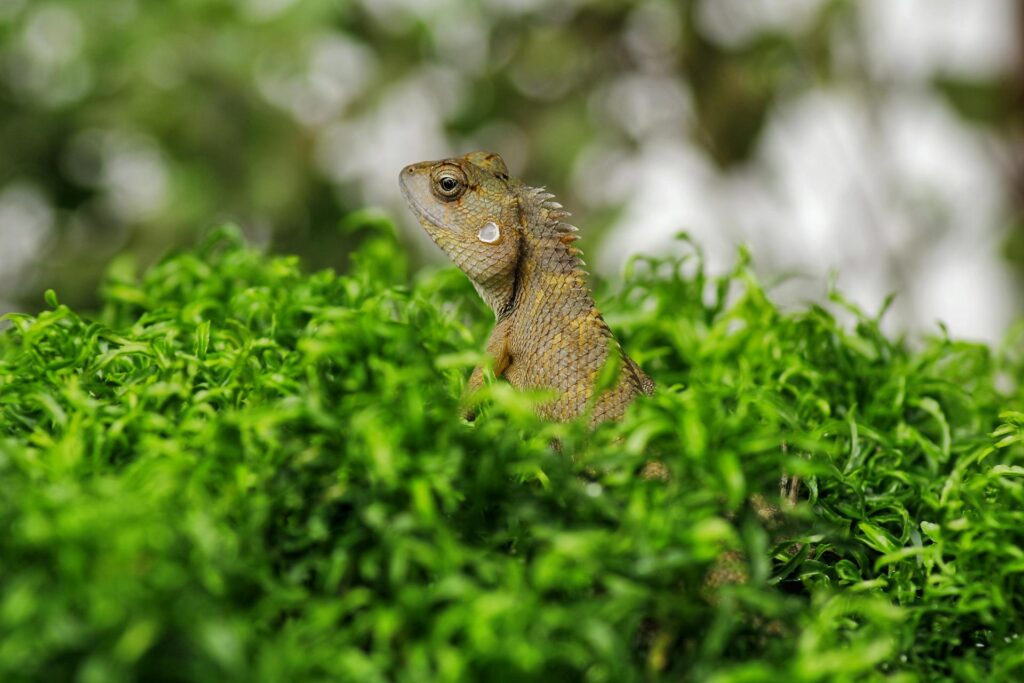
Before addressing prevention methods, it’s essential to understand what normal shedding looks like for lizards. Unlike mammals, who continuously shed individual cells, reptiles shed their entire outer skin layer periodically in a process controlled by hormones and growth rates.
Young, rapidly growing lizards may shed every few weeks, while adult lizards typically shed less frequently—perhaps once every month or two, depending on the species.
The shedding process begins with a dull appearance to the skin, followed by a milky, opaque phase as the old and new skin layers separate.
During this time, many lizards may become less active or more irritable as their vision is temporarily impaired when the eyecaps prepare to shed.
Recognizing these normal signs helps distinguish between typical shedding behavior and problematic situations that require intervention.
Maintaining Proper Humidity Levels
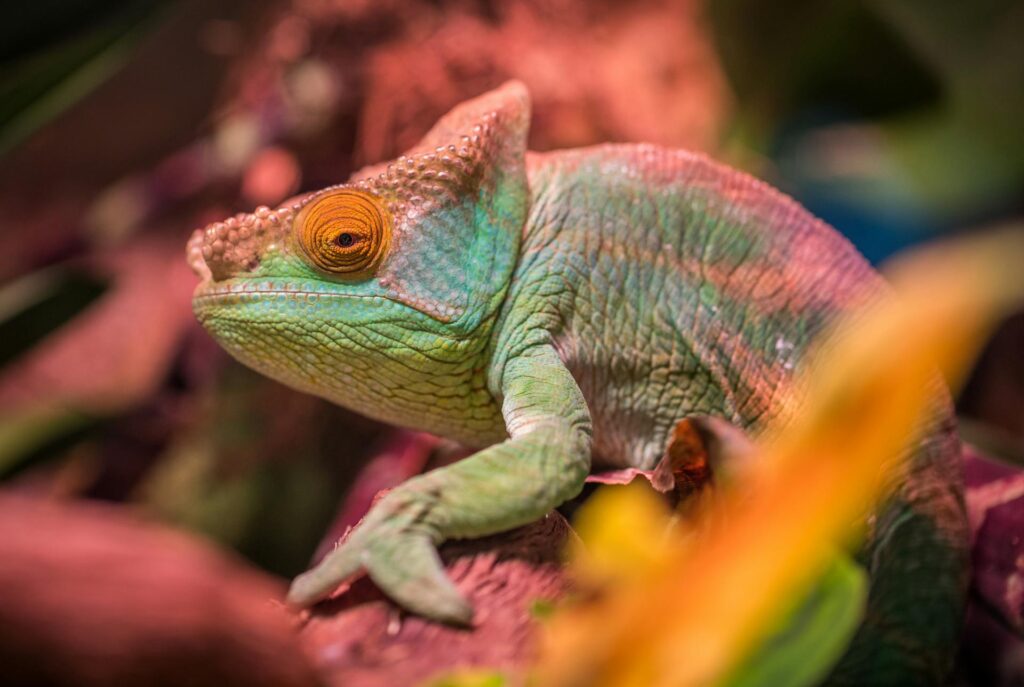
The single most important factor in preventing shedding issues is maintaining appropriate humidity levels in your lizard’s enclosure. Insufficient humidity is the primary cause of dysecdysis (abnormal shedding), as dry conditions prevent the skin from loosening properly.
Each lizard species has specific humidity requirements—desert species like bearded dragons need lower humidity (30-40%), while tropical species such as crested geckos require much higher levels (60-80%).
Invest in a reliable hygrometer to monitor humidity levels consistently, placing it at your lizard’s primary activity level rather than on the enclosure floor or ceiling.
For species that need higher humidity, regular misting, larger water dishes, humidity-retaining substrates like coconut fiber, and covered portions of the enclosure can all help maintain appropriate moisture levels.
Remember that humidity should generally be increased during shedding periods, even for desert species that normally require drier conditions.
Creating Effective Shedding Aids
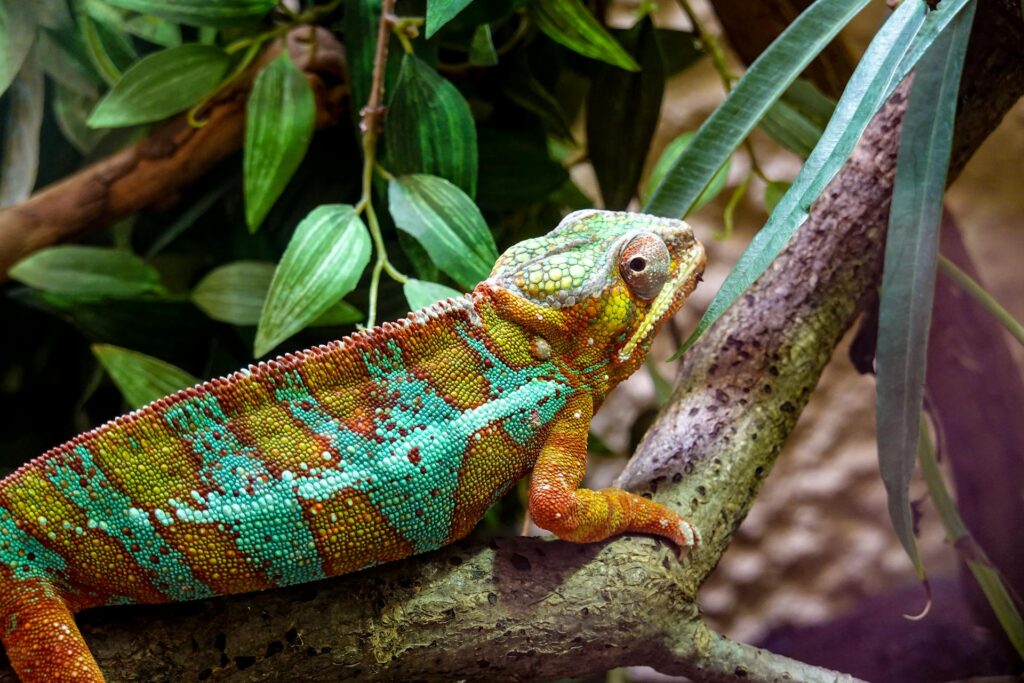
Providing environmental features that assist the shedding process can significantly reduce complications. A moist hide box—an enclosed space with damp substrate—offers lizards a microenvironment with higher humidity they can access when shedding begins.
These hideaways should be placed in the middle or cool end of the enclosure and can be made from plastic containers with an entrance hole cut into the side, filled with moistened sphagnum moss, paper towels, or coconut fiber.
Rough-textured items like cork bark, sanitized branches, rocks, or commercially available shedding aids give lizards surfaces to rub against, helping them remove loosened skin naturally.
Some lizards also benefit from shallow water dishes they can soak in during shedding periods, although these should be no deeper than the lizard’s shoulder height to prevent drowning.
Providing these environmental enrichments allows your pet to engage in natural shedding behaviors while minimizing the risk of retained skin.
Optimizing Diet for Healthy Skin

Nutrition plays a crucial role in maintaining healthy skin and proper shedding cycles. A balanced diet rich in appropriate vitamins and minerals strengthens your lizard’s skin structure and supports effective regeneration.
Ensure your lizard receives adequate calcium and vitamin D3 through proper supplementation, as deficiencies can lead to metabolic bone disease and associated shedding problems.
Vitamin A is particularly important for epithelial tissue health, though it must be supplemented carefully, as overdosing can be toxic.
Adequate hydration is equally essential—dehydrated lizards frequently develop shedding complications, so always provide fresh water, and for species that don’t readily drink from dishes, offer regular misting or dripping water on leaves for lapping.
Protein quality also matters, as the skin contains significant amounts of protein; ensure your insectivorous or omnivorous lizards receive appropriately gut-loaded feeder insects or high-quality commercial foods formulated for their specific species.
Implementing a Regular Health Monitoring Routine

Establishing a consistent health monitoring schedule allows for early detection of potential shedding issues. Perform visual checks of your lizard weekly, looking for signs of retained shed, such as dull patches of skin, constriction around toes or limbs, or difficulty moving normally.
Pay special attention to problem areas, including the toes, tail tip, crest spikes, dewlaps, and eye caps, as these are commonly affected by incomplete shedding.
Keep a shedding journal noting dates, duration, and any complications to establish your pet’s normal patterns and identify concerning changes early.
Weigh your lizard regularly on a small digital scale, as unexpected weight loss might indicate health problems that could affect shedding.
If you notice your lizard struggling with multiple consecutive sheds or showing signs of retained skin that doesn’t resolve within a few days, consult an experienced reptile veterinarian before attempting extensive interventions yourself.
Creating Optimal Temperature Gradients

Proper temperature regulation is fundamentally linked to successful shedding, as reptiles rely on environmental heat to drive their metabolic processes.
Establish a temperature gradient across the enclosure with appropriate basking spots and cooler retreat areas, allowing your lizard to thermoregulate effectively.
Most species require a basking spot of 90-100°F (32-38°C) and a cooler end around 75-85°F (24-29°C), though specific requirements vary by species.
Use thermometers or temperature guns at multiple locations to verify actual temperatures rather than relying solely on thermostat settings.
Inadequate temperatures can slow metabolism and impair the shedding process, while excessive temperatures may cause dehydration that complicates shedding.
Night temperature drops are appropriate for many species but should typically not fall below 65-70°F (18-21°C) for most pet lizards.
During shedding periods, maintaining proper temperatures becomes even more critical, as the metabolic demands of producing new skin increase.
Choosing Appropriate Substrate Materials

The substrate in your lizard’s enclosure significantly impacts humidity levels and can either help or hinder the shedding process.
For species requiring higher humidity, moisture-retaining substrates like coconut coir, cypress mulch, or orchid bark create a more humid microclimate while still allowing for proper drainage to prevent bacterial growth.
Desert-dwelling species often do better with sand-soil mixtures, paper towels, newspaper, or reptile carpet that won’t contribute to excessive humidity.
Avoid dusty substrates like calcium sand, walnut shells, or pure sand that can cause respiratory issues or impaction if ingested, potentially complicating health and indirectly affecting shedding.
The substrate depth should allow for natural digging behaviors when appropriate for your species, creating humidity pockets that lizards can utilize during shedding.
For species that tunnel or burrow, deeper substrate sections can serve as natural humidity chambers that aid the shedding process.
Providing Proper UVB Lighting

UVB lighting plays a crucial role in reptile health and indirectly affects shedding by enabling proper calcium metabolism and overall wellness.
Most diurnal (day-active) lizards require UVB exposure to synthesize vitamin D3, which is essential for calcium absorption and subsequent skin health.
Select an appropriate UVB bulb based on your species’ natural habitat—desert species typically need higher UVB output (10-12% UVB) compared to forest-dwelling species (5-6% UVB).
Replace UVB bulbs according to manufacturer recommendations, typically every 6-12 months, even if they still emit visible light, as UVB output diminishes over time.
Position lights at the correct distance from your lizard’s basking areas, following product guidelines to ensure effective UVB exposure without risk of burns or eye damage.
Inadequate UVB can lead to metabolic bone disease and associated skin problems, while proper lighting supports immune function and helps maintain healthy epithelial tissues.
Managing Stress Factors
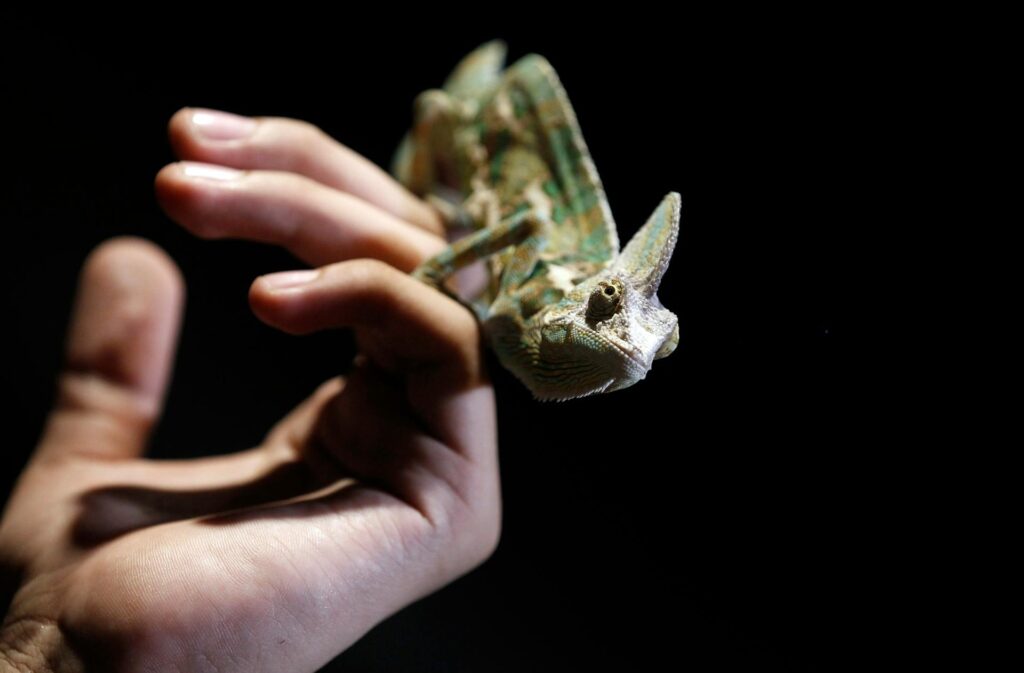
Stress significantly impacts a lizard’s health and can disrupt normal shedding patterns.
Common stressors include improper handling, housing incompatible species together, frequent enclosure changes, excessive noise, or visual exposure to potential predators (including household pets).
Minimize handling during the shedding process, as the skin is particularly sensitive and the lizard’s vision may be impaired. Provide adequate hiding spots throughout the enclosure, ensuring your lizard feels secure and can retreat when needed.
Maintain consistent daily routines for feeding, lighting, and maintenance to create predictability that reduces stress.
For naturally territorial species, ensure appropriate enclosure space or separate housing to prevent aggression and competition.
New lizards should be given a settling-in period of at least two weeks with minimal handling before establishing a regular routine, as the stress of relocation can trigger problematic sheds.
Safe Intervention Techniques for Minor Shedding Issues

While prevention is ideal, knowing how to safely assist with minor shedding problems can prevent complications from escalating.
For stuck shed that persists after environmental adjustments, supervised soaking in shallow, lukewarm water (no deeper than the lizard’s shoulders) for 15-20 minutes can help loosen stubborn skin.
Some lizard owners report success with humidity boxes—enclosed containers lined with damp paper towels or moss where the lizard is placed for 20-30 minutes of supervised shedding assistance.
After soaking, retained skin may be gently rolled away using a damp cotton swab or soft-bristled toothbrush, always working in the natural direction of the scales and never pulling or tugging at the skin.
Areas of particular concern include toes, tail tips, and eye caps, but these delicate regions should only be addressed with extreme care and often are best left to veterinary professionals.
Never use adhesive tape, alcohols, oils, or human lotions on reptile skin, as these can cause serious harm.
Recognizing When Professional Help is Needed

While many shedding issues can be addressed through environmental management, certain situations require veterinary intervention.
Seek professional help if your lizard has retained shed around digits or the tail that doesn’t resolve within a day of attempted humidity management, as constriction can quickly lead to tissue death and loss of extremities.
Signs of infection such as swelling, discoloration, discharge, or abnormal odor around areas of retained shed necessitate immediate veterinary attention.
Eye caps (spectacles) that remain stuck after two consecutive sheds should be evaluated by a reptile veterinarian, as amateur removal attempts can permanently damage the eye.
Multiple incomplete sheds in succession may indicate underlying health issues such as parasites, nutritional deficiencies, or systemic disease requiring diagnostic testing.
Veterinarians experienced with reptiles can safely remove problematic retained shed and address any underlying medical concerns affecting the shedding process.
Species-Specific Shedding Considerations
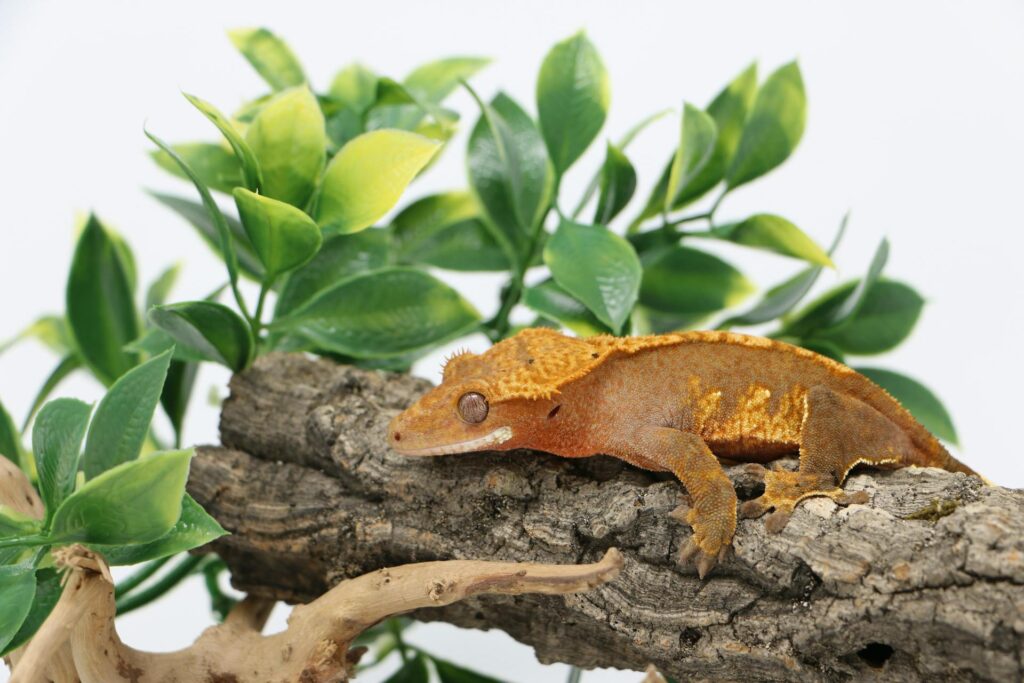
Different lizard species have unique shedding patterns and requirements that owners should understand.
Geckos, including leopard and crested geckos, typically consume their shed skin, making it sometimes difficult to monitor shedding frequency; they also have delicate toe pads that frequently experience shedding complications requiring careful attention.
Bearded dragons and other desert species often shed in patches rather than all at once, which is normal but requires monitoring to ensure complete removal.
Green iguanas and other large tropical lizards undergo dramatic color changes during shedding and require significantly increased humidity to shed properly.
Chameleons have particularly sensitive skin and should never be handled during shedding; they typically require high humidity gradients with excellent ventilation to prevent respiratory infections.
Blue-tongued skinks frequently experience problems with shed around their toes and tail, necessitating special attention to these areas during the shedding process.
Research your specific species’ shedding patterns and requirements to develop an appropriate preventative care routine.
Quarantine Protocols for New Lizards
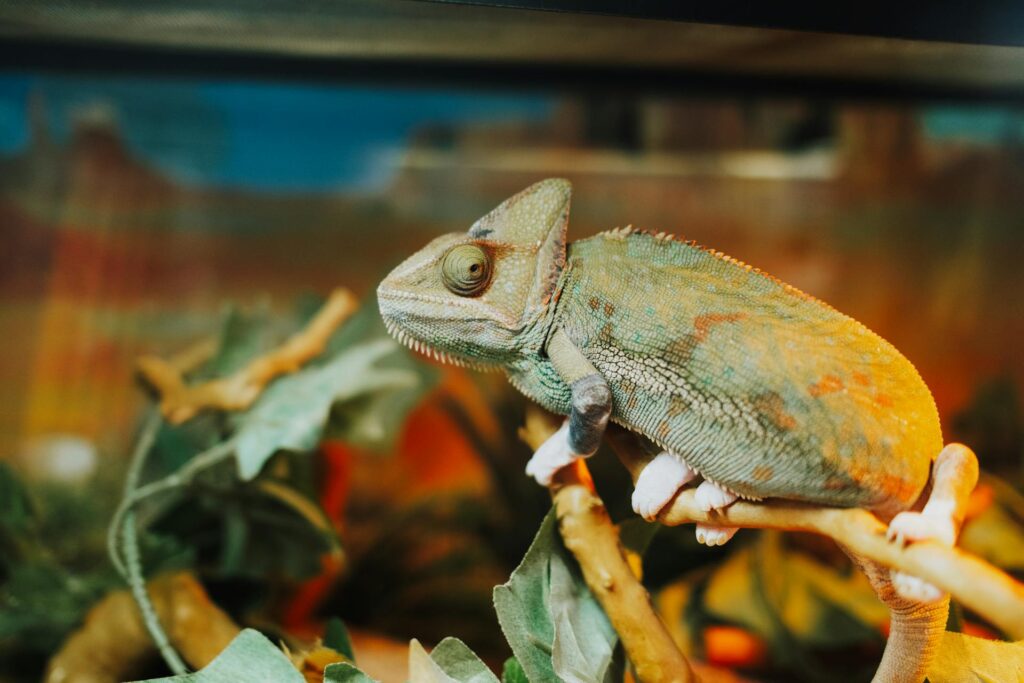
New additions to your reptile collection should undergo a quarantine period of at least 30 days to monitor for health issues, including shedding problems that might indicate underlying conditions.
During quarantine, keep detailed records of eating, defecation, behavior, and shedding patterns to establish baselines and identify concerns early.
Use simple, easily sanitized enclosure setups with paper towel substrates that allow for easy monitoring of feces and shed skin while maintaining appropriate humidity through other methods like moist hides.
Consider scheduling a veterinary exam during the quarantine period to check for parasites or health issues that might affect shedding, such as mite infestations that can severely impact the shedding process.
Proper quarantine not only protects existing collection animals from potential disease transmission but also provides an opportunity to address any shedding issues before introducing the new lizard to its permanent housing.
Seasonal Adjustments to Shedding Care
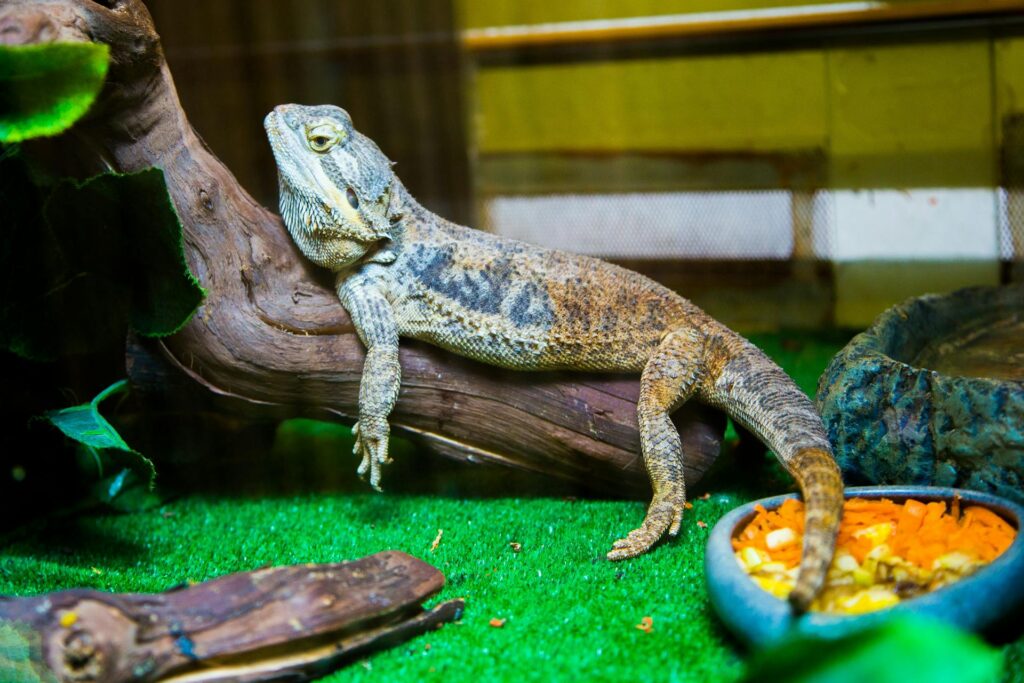
Many lizards experience seasonal variations in their shedding patterns that may require adjustments to their care routine.
During winter months in heated homes, ambient humidity often drops significantly, necessitating increased humidity management through more frequent misting, larger water features, or humidifiers in the room.
Some species naturally undergo brumation (a reptilian form of hibernation) during cooler seasons, during which metabolism slows and shedding may temporarily cease; proper post-brumation care is essential, as many lizards will undergo a significant shed when resuming normal activity.
Breeding seasons typically trigger increased shedding frequency, particularly in females preparing to lay eggs, requiring extra nutritional support and humidity management.
Seasonal shifts in natural daylight hours may affect hormone cycles that influence shedding, so adjusting UVB exposure hours seasonally can help maintain natural biological rhythms.
By anticipating these seasonal changes and proactively adjusting care protocols, owners can prevent season-related shedding complications.
In conclusion, preventing shedding issues in pet lizards requires a multifaceted approach addressing environment, nutrition, and health monitoring.
By maintaining appropriate humidity levels, temperature gradients, and diet while providing environmental enrichments that facilitate natural shedding behaviors, most common shedding problems can be avoided.
Regular health checks focusing on problem areas such as toes, tail tips, and eye caps allow for early intervention when issues arise.
Understanding your specific species’ needs and recognizing when professional veterinary care is necessary ensures your scaly companion maintains healthy skin throughout its life.
With proper preventative care, shedding becomes a fascinating natural process to observe rather than a source of stress and health concerns for both lizard and owner.



